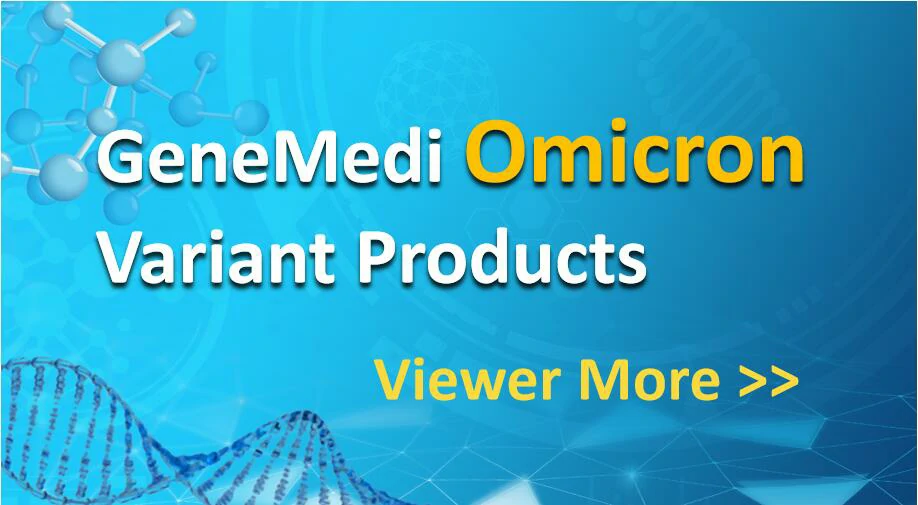What is cell gene transfection
DIAGNOSTIC ANTIBODY & ANTIGEN
SERVICES
- Custom AAV Production
- Custom Adenovirus Production
- Custom Lentivirus Production
- Pre-made AAV Production
- Pre-made Adenovirus Production
- Pre-made Lentivirus Production
- AAV-LC3 Autophagy Flux Detection
- Ad-LC3 Autophagy Flux Detection
- Lv-LC3 Autophagy Flux Detection
- AAV Control Virus Production
- CRISPR/Cas9 AAV Production
- CRISPR/Cas9 Adenovirus Production
In general, transfection is the process of delivering nucleic acids, such as DNA and RNA into eukaryotic cells, resulting in the expression or production of proteins or down-regulation of the targeted protein. Although not very common, protein transfection is also used to promote the rapid expression of target protein (such as Cas9 protein transfection for CRISPR for genome editing) [1,2]. To date, transfection has been applied in the field of basic research (gene overexpression or knockdown) and translational research (such as gene therapy [3], immunotherapy and induced pluripotent stem cell generation [4]).
Various delivery methods have been reported and each method has its specific properties. It’s very important to select the most effective transfection method according to the cell type, transfection efficiency, target cell viability and expression levels. Typically, the methods can be divided into two categories: non-viral and viral [5]. Non-viral transfection methods contain physical treatment (electroporation, nanoparticles, etc.), chemical materials mediated transfection (such as liposome, polymer). To deliver exogenous genes with viral methods, gene of interest should be packaged into a replication-deficient viral particle, and then the viral particles inject its DNA (including gene of interest) into target cells. To date, several types of virus have been applied for gene delivery, such as lentivirus, adenovirus (Ad), adeno-associated virus (AAV), retrovirus (Retro) and herpes simplex virus (HSV) and so on.






